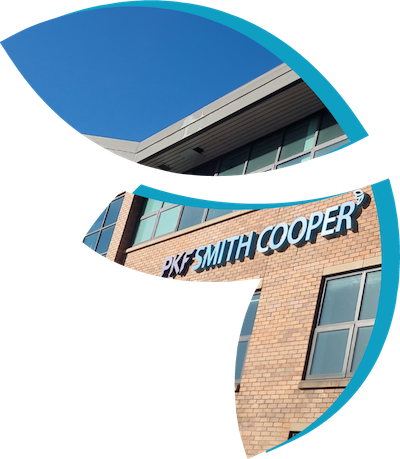To paraphrase John Donne, no company department is an island.
Everything it does will have an impact on the other departments – even if it is a minor one.
This is part of why data silos are so hated. A report from the IDC found that companies are losing 20-30% of revenue every year, purely due to inefficiencies caused by data silos.
When it comes to smashing these silos and pushing for better collaboration among teams, one way to improve is through the use of a CRM, like Sage CRM.
In this article, we’ll discuss the ways that a CRM solution can eliminate data silos, helping teams collaborate more effectively.
Centralised Database
What sets a CRM apart from most other software is the fact all its data is centralised. This has several benefits for collaboration between teams. Most obviously, it means data isn’t scattered across different software that not everyone has access to. But it also makes customer interactions – and closing the deals that result from them – easier.
Before CRM software was widespread, you would often have data unnecessarily duplicated when more than one sales representative worked on a case for the same client. This is bad enough, but it can get even worse – like calling a ‘client’ who has already rejected your services. Ouch!
Having a centralised database can also help to improve your sales team’s performance. Using the sales pipeline, everyone can see how far along sales are, at a glance. This makes sure everyone in your team is on the same page, whether that’s for smaller projects, or the bigger ones – where you really need all hands on deck.
Shared Calendar and Task Management
No matter what function they’re in, people always perform better if they know what they have to do and when.
That’s why the calendar and task management features of Sage CRM are so good for collaboration.
The shared calendar function means not only are people able to see their own schedules, but also the schedules of others. This means sales targets – and the deadlines and meetings associated with them – can be managed within one platform.
Sage CRM lets you assign tasks to specific team members and track their progress in completing them. This is one of the instances where a CRM goes beyond customer relationship management – the function also improves whole team accountability. As such, when one member succeeds, everyone does – meaning you can celebrate success together.
Analytics and Reporting
No business can ever be 100% sure if the decisions they’re making are right. One way to be as sure as possible is to use data – but if that data is across multiple different locations, that’s much easier said than done.
This is another advantage of Sage CRM over other types of software. It brings together all your data in one place, making it easy to access – and to act on. A larger proportion of your decisions can now be based on hard evidence, rather than best guesswork – empowering your team to move forward.
Also, you can customise displays for different departments. This eases collaboration between sales and non-sales departments. Instead of your non-sales peers being overwhelmed by data that doesn’t impact their bottom line, you can speak to them in their language. And when you need to measure your own KPIs, that view is still available for you to come back into.
Integration with Communication Tools
A CRM doesn’t just streamline the sharing of data. It recognises that good customer interactions go beyond that, involving communication, too. That’s why you can also send and track emails from within Sage CRM – automatically storing them against relevant cases or companies. Compared to the traditional methods, like storing emails in a specific folder in your inbox, using this function is both safer, and easier for people to access if cases need to be referred onwards.
In that same vein, Sage CRM also integrates with your company’s accounts on popular social media like Facebook, X, and LinkedIn. Having these integrations right there within your CRM system allows your sales and marketing functions to work in tandem – listening to and engaging with your customers and prospects across the whole cycle. This goes further towards releasing teams from those siloes that we mentioned earlier.
While no one tool can guarantee that a business will achieve success, having a CRM on your side certainly helps. Sage CRM’s features, like its integrations, centralised databases, and analytics capabilities, make everyone feel like they’re working towards the same goal. And when that’s the feeling around the whole team, their potential for sales success is limitless.
Sage CRM extends the power of your Sage Business Management Solution, giving end-to-end visibility, so you can make informed decisions across teams, whenever and wherever they work together.
Contact us today to learn more – call 01332 959 008, or use the enquiry form.
Interested to know more about our Sage solutions?
Call 01332 959008 or enquire online today
"*" indicates required fields

